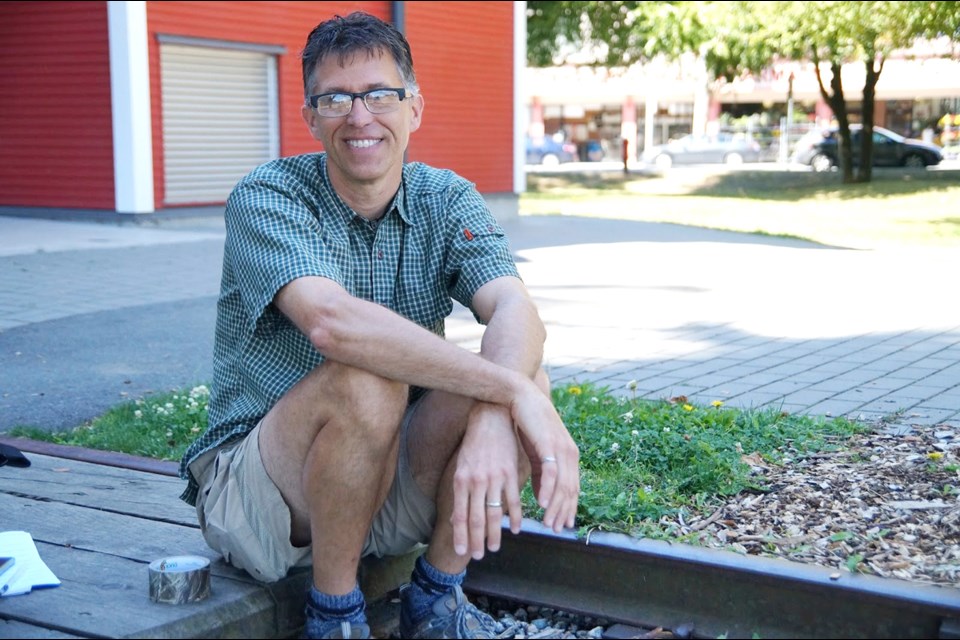It’s only a few weeks old and already the Pokemon Go craze — which saw millions of kids and adults around the world using their smartphones to search for virtual characters in unlikely places — has faded into the shadows.
Standing the test of time, however, are the original Pokemon Goers, known as geochachers to most of us.
“It’s not like I’ve always loved to get out to the outdoors and go hiking,” said Richmond’s Roland Greczmiel, whose geocaching username is RumRunner1.
“[Geocaching] made a purpose to my hiking, walking, and bike riding.”
Geocaching is a popular outdoor activity which involves using a GPS device or smartphone to search for geocaches in different locations.
These geocaches are containers that can be found worldwide, in places ranging from parks to deserts.
They contain a logbook (in which you may record your name to log your find) and occasionally items that may be traded.
A geocoin can be picked up and moved from cache to cache by different geocachers. It is logged and tracked as it changes locations, allowing geocachers to map its journey.
Greczmiel started geocaching in 2007 as a source of motivation for going outdoors. Since then, he has found nearly 9,000 caches spanning more than four continents.
“I travel a lot, so it ties into travelling,” he said. One of his most memorable geocaching adventures took place in Eleuthera, an island in the Bahamas.
“It was called ‘Pirate’s Tomb’,” he recalls. “You had to hike down into... an underground cave that actually ended with skylights in it.
“There were holes in the ceiling and the sun would shine through. So you had all these long roots with the trees growing down it; it was just like in an Indiana Jones movie.”
Greczmiel also had fond memories of an underwater geocache series called “Swimmer’s Itch” in southern B.C.
“You had to swim out to a marker buoy in a series of lakes,” he said.
“Once you got to the buoy, it would describe a word that was on the cache page. Then, you’d dive down and pull the logbook up, sign it on the surface of the water, [and put] it back down again.”
Another experienced Richmond-based geocacher, called “hairyhobbits,” started geocaching four years ago when his partner discovered the activity.
Upon finding his first cache, he was fascinated by the clever location it was hidden in. “It was something that was in plain sight, that everyone could see, but no one would notice,” he said.
Ever since, he has been geocaching all over B.C. and even in other countries.
“My goal was to find all the geocaches in Richmond and I still haven’t finished that goal yet,” added hairyhobbits, who didn’t want to give his real name. “Some are rather tricky.”
Aside from looking for caches, hairyhobbits “[spends] a fair bit of time looking after caches.” He has hidden seven caches in the Steveston area and ensures that they are replaced if they go missing.
In the future, hairyhobbits wants to continue geocaching and finding more caches outside of Canada.
“I do plan to do more trips and try to find more caches in more places around the world,” he added.
As for advice for beginner geocachers, hairyhobbits suggests taking a look at the geocaching website.
“Don’t get frustrated, sometimes it’s hard to find caches,” he added. “Be patient and be stealthy.”
Beginner geocachers may start with Richmond’s own Geo-Quest, a series of 30 caches created and maintained by the City of Richmond.



